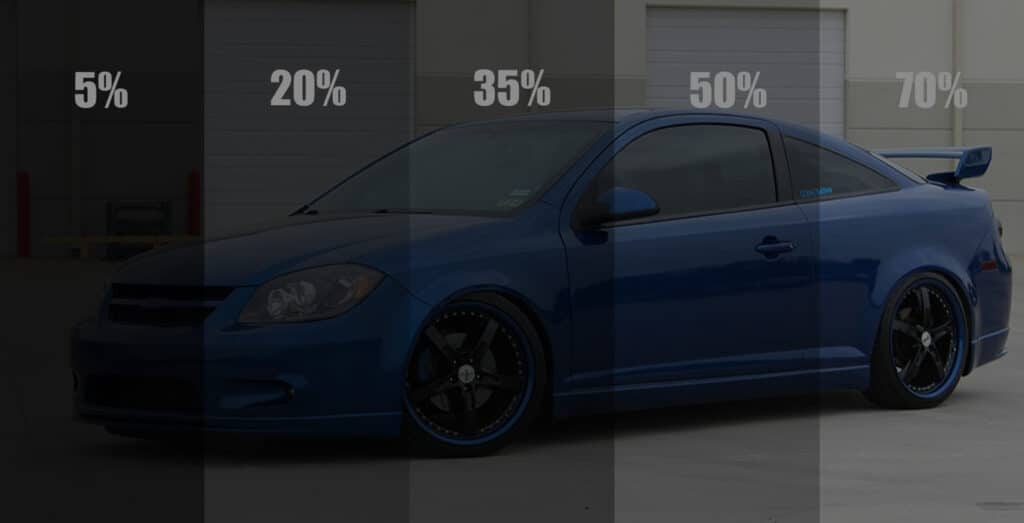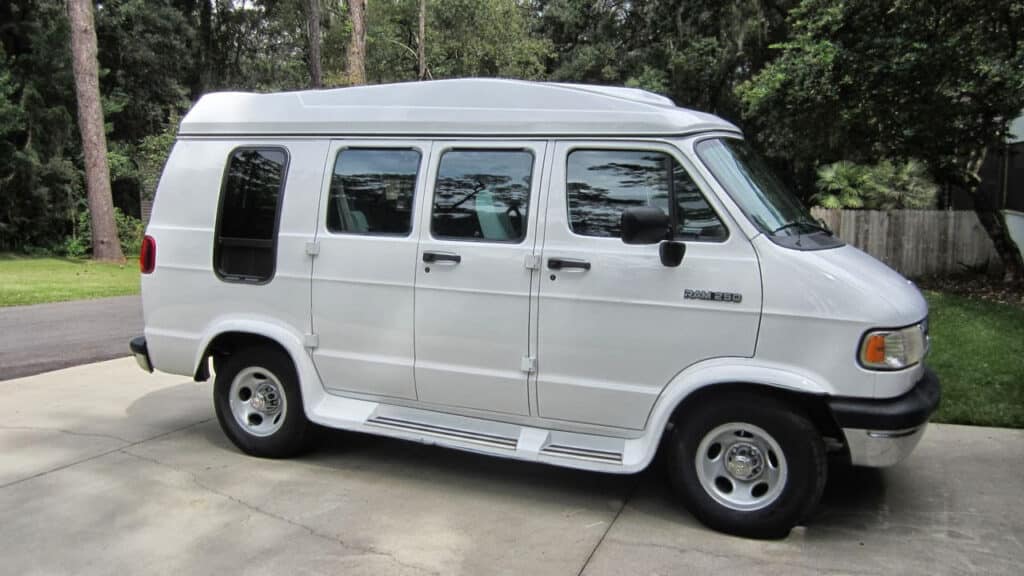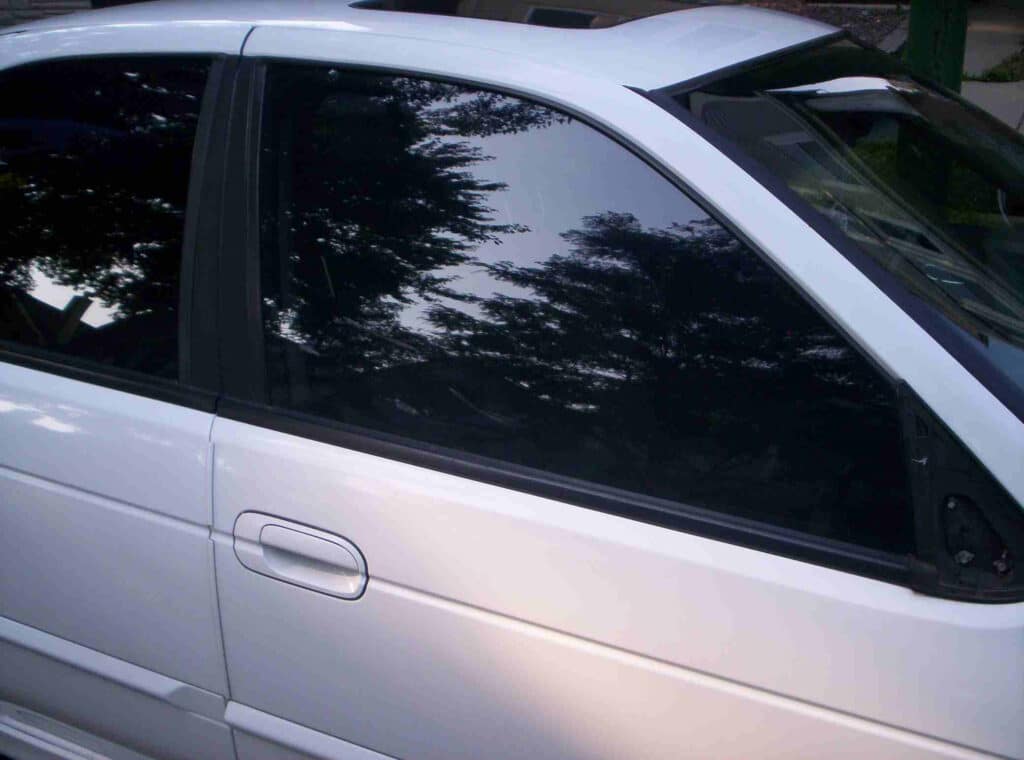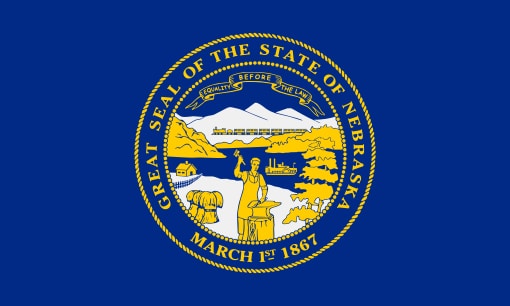Summers in Nebraska can get quite hot. Constant exposure to UV rays can cause your car’s interiors and upholstery to deteriorate, especially if you don’t have access to indoor parking.
Getting your windows tinted is a good solution to this problem. Installing window tints can help to protect your car from harsh UV rays and it will also cool the interior by up to 60%.
But before you install the aftermarket tint film on your car’s windows, you’re going to want to know about the window tint laws in your state.
But before installing window tinting, it is best to know the Nebraska tint law so that you can comply with the legal rules and regulations mandated by the state.
Is Window Tint Legal in Nebraska?

Like most U.S. states, Nebraska permits the use of window tints on vehicles. The tint laws in Nebraska were implemented in 2006 and they lay out a framework intended to clarify exactly how dark your window tint should be.
The tint laws in Nebraska differ for passenger cars and other multipurpose vehicles. You must ensure that the tint on your vehicle’s windows is within these parameters specified by the state to avoid any penalties.
Permitted Window Tint Darkness

Tinted windows filter out some of the ambient light. The amount of light filtered out by your tinted windows can be measured with the help of a unit called VLT or visible light transmission.
The lower the VLT%, the darker the tint. For instance, a 5% VLT tint will only let 5% of the ambient light in.
A window that has 100% VLT is completely transparent, whereas, on the other hand, a window with 50% VLT blocks half of the visible light.
Sedans
Windshield: A non-reflective tint is permitted above the AS-1 line.
Driver side windows: Must allow at least 35% light.
Passenger side windows: Must allow at least 35% light.
Rear window: Must allow at least 20% light.
SUVs and Vans

Windshield: You can have a non-reflective tint above the AS-1 line.
Driver-side windows: Should allow for more than 35% light.
Passenger-side windows: Should allow for more than 35% light.
Rear window: Can have a tint of any darkness.
Acceptable Tint Reflection
Installing a window tint film on your vehicle’s window can serve a dual purpose.
Not only does it help to block the light passing through (tint darkness), but it can also help to reflect the incoming light (tint reflection), thereby reducing the glare and the heat.
Nebraska’s tint law also specifies the window tint reflection for vehicles.
Sedans

Windshield: Does not permit any tint reflective film.
Driver-side windows: The reflective percentage should not exceed 35%.
Passenger-side windows: The reflective percentage should not exceed 35%.
Rear window: The reflective percentage should not exceed 35%.
SUVs and Vans
Windshield: Does not permit any tint reflective film.
Driver-side windows: Should not be over 35% reflective.
Passenger-side windows: Should not be over 35% reflective.
Rear window: Should not be over 35% reflective.
Other Nebraska Tint Rules You Need to Know
- The state’s tint law does not specify the requirements for side mirrors on the vehicle.
- Window tints of amber, red and yellow cannot be used.
- Drivers do not need to display a sticker identifying the legal tinting.
- The state does not have any medical exemptions for special tints.
- Any window tint violations are considered a Class V misdemeanor by the state.
State of Nebraska Info

Situated in the Great Plains of the Midwestern region of the U.S., Nebraska is the 3rd largest producer of corn in the country, which gives it its nickname, “The Cornhusker State.”
The name Nebraska is derived from the Native American words meaning “flat water”, which refers to the Platte River that runs through the state.
The state has wide open plains, towering dunes, dramatic rock formations and a lively city, all of which make the state a great place to visit.
Population: 1.96 million
Capital: Lincoln
Registered vehicles: 1,802,498
Total lane miles: 193,996
Number of highways: 5
Tint law references: Nebraska Revised Statutes section 60-6, 257

